Pathway: Explore & Draw
Pathway for Years 1 & 2
Disciplines:
Drawing, Sketchbooks, Collage
Key Concepts:
-
That artists explore the world, seeing things around them in new ways, and bring things back to their studios to help them make art.
-
That we can go into our own environments, even when they are very familiar to us, and learn to see with fresh eyes and curiosity.
-
That we can use the things we find to draw from, using close observational looking.
-
That we can explore and use art materials, be inventive with how we use them, taking creative risks and enjoying accidents as well as planned successes.
-
We can use the shape of the page, and the way we arrange elements on the page, to create compositions which we like.
In this pathway children are introduced to the idea that artists can be collectors: they go out into the world, look at things in new ways, and bring things back to the studio to inspire their art.
Children explore observational drawing and experimental mark making, and think about how they can use composition to create their artwork.
The exercises and projects in this pathway encourage children to begin to develop hand-eye coordination through slow and paced looking. This is balanced by encouraging children to nurture a playful exploration of media, a curiosity towards the world around them, and to begin to take creative risks/trust instinct.
Themes:
Natural Forms, Seasonal Changes, Patterns, Symmetry
Medium:
Graphite, Handwriting Pen, Watercolour / Brusho, Wax Resist
Artists:
Rosie James, Alice Fox
This pathway will take approximately half a term, based upon a weekly art lesson.
If you use this resource in your setting, please tag us on social media: #InspiredBy @accessart (facebook, twitter) @accessart.org.uk (instagram) and share the url. Thank you!
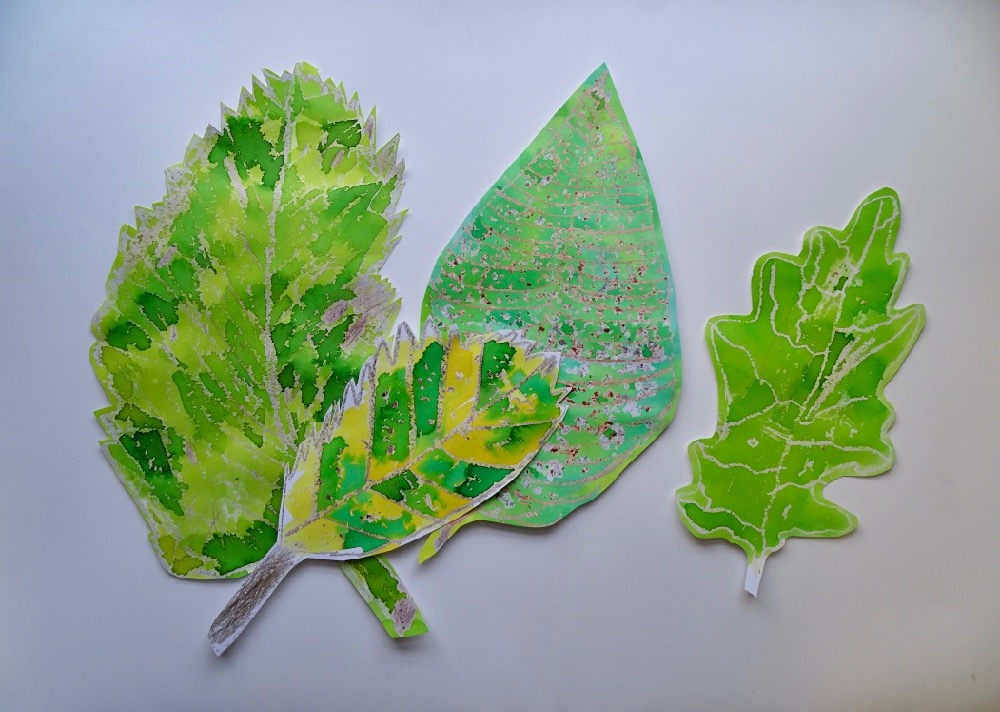
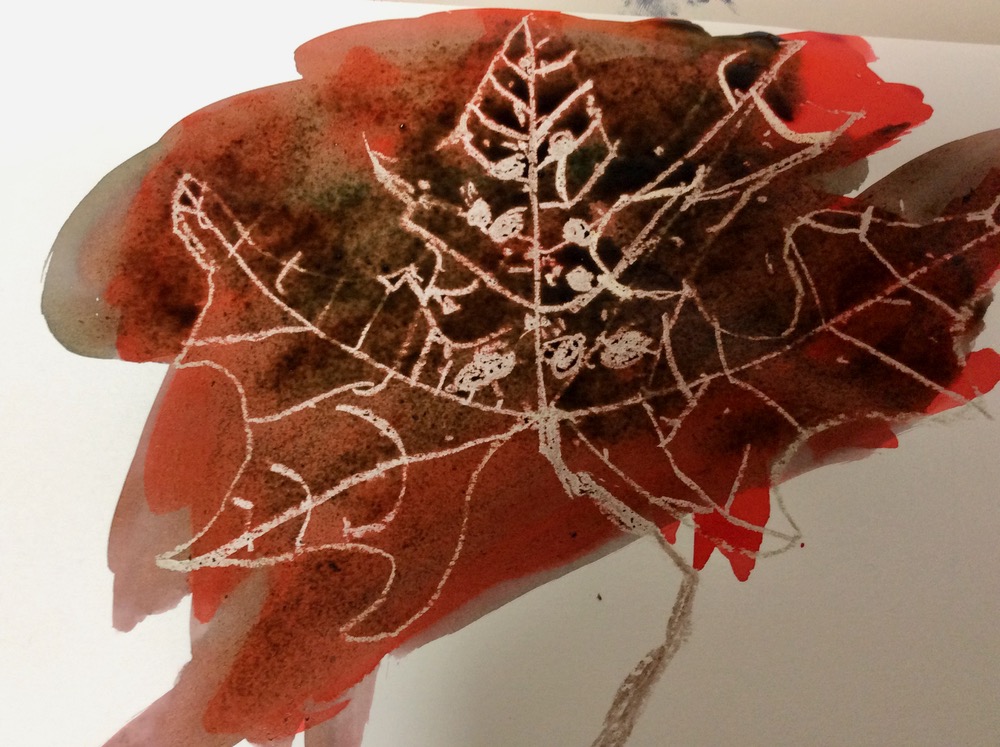
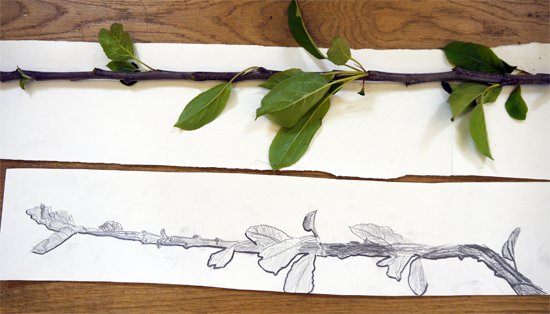

Teaching Notes
Find the MTP for this pathway here.
Curriculum Links
Geography: Adapt to explore habitats.
Maths: Use language to develop understanding of patterns, sequence, symmetry, pictorial representation, repetition.
Science: Identifying common and wild plants, trees, structures of plants, exploring local environments and habitats, seasons, planting and growing.
PSHE: Peer discussion, Collaboration.
I Can…
-
I have seen how some artists explore the world around them to help them find inspiration.
-
I can explore my local environment (school, home, etc) and collect things which catch my eye.
-
I can explore composition by arranging the things that I have collected.
-
I can talk about what I collected, and how and why I arranged the things I collected.
-
I can take photographs of my artwork and I can think about focus and light.
-
I can use careful looking to practice observational drawing, and I can focus for 5 or 10 minutes.
-
I can hold an object and I can make a drawing thinking about the way the object feels.
-
I can combine different drawing media such as wax resist and watercolour, graphite and water, wax crayon and pencil in my observational drawings.
-
I can work small in my sketchbook and on large sheets of paper, exploring how I can use line, shape and colour in my work.
-
I can cut out and collage to explore composition.
-
I can talk about the work I have made with my classmates, sharing the things I thought were successful and thinking about things I would like to try again.



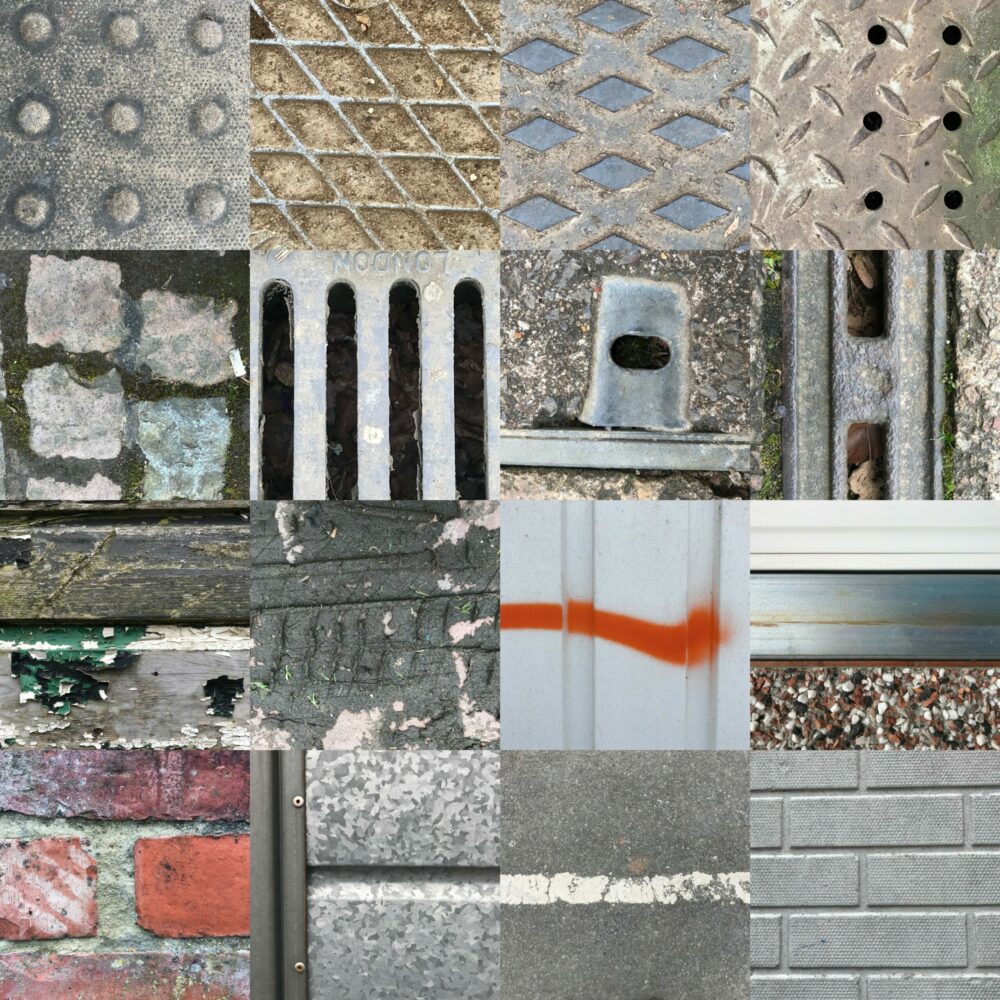




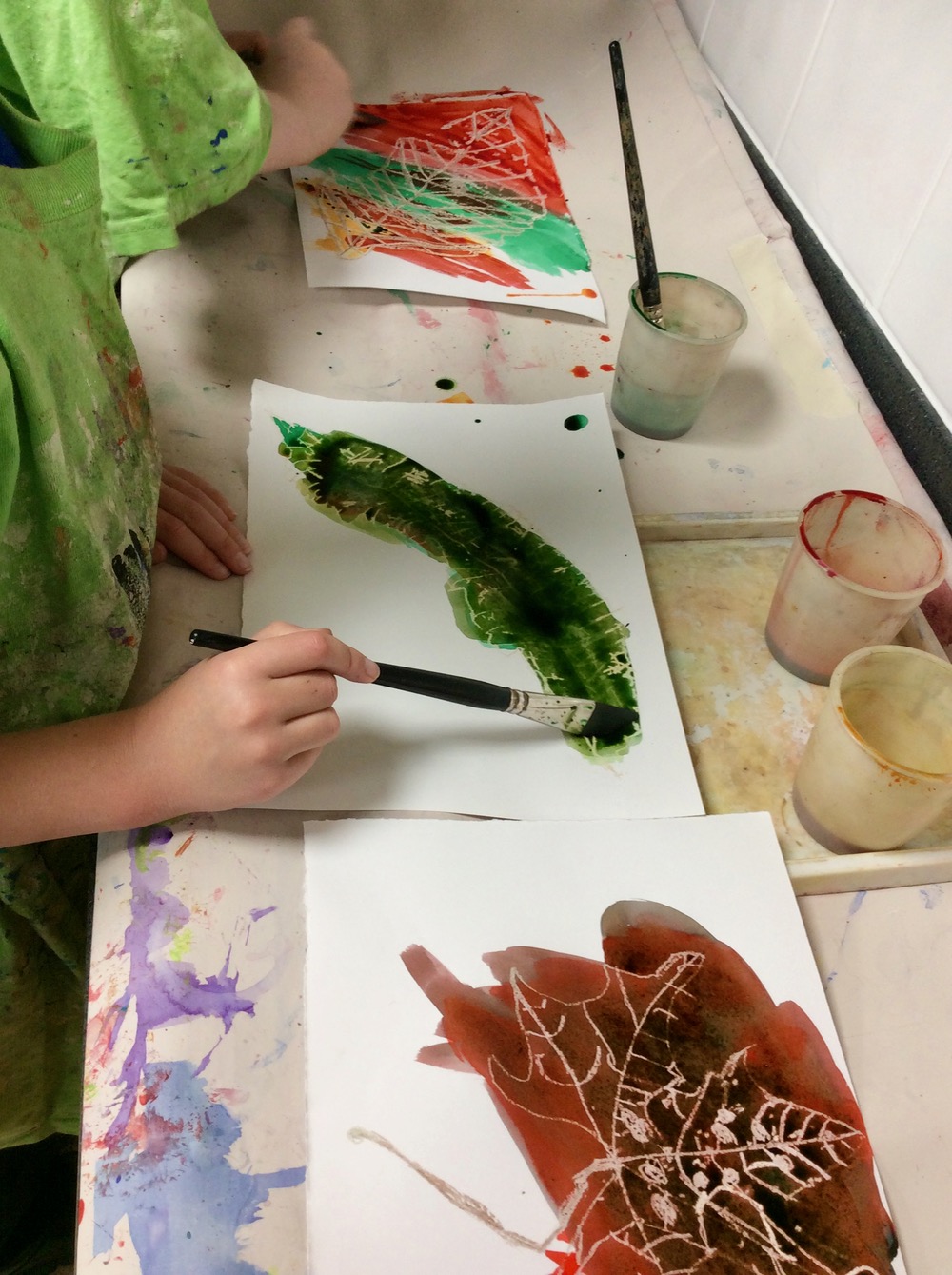
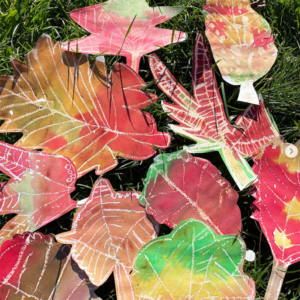
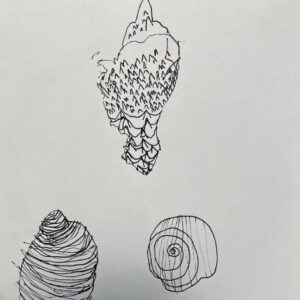
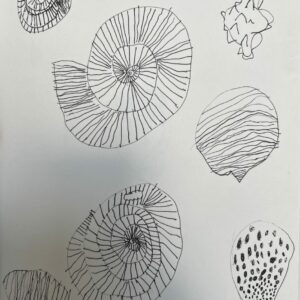
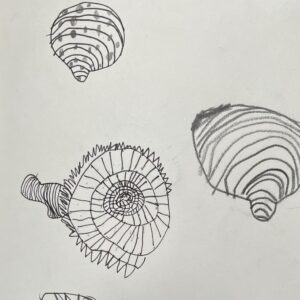
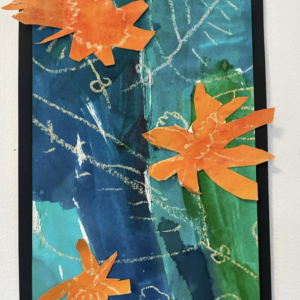
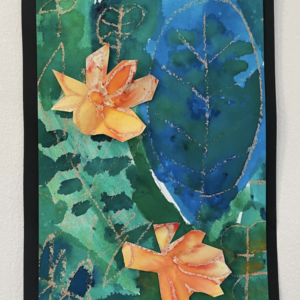
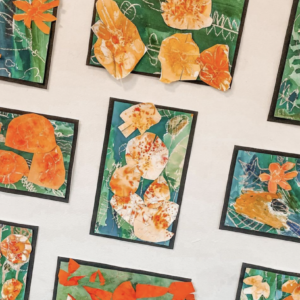
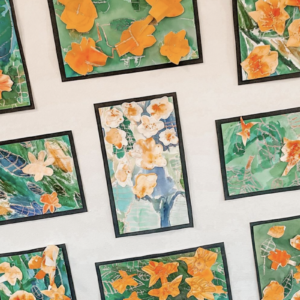
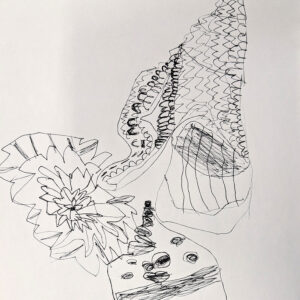
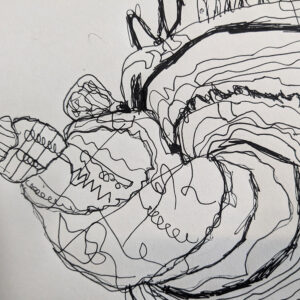
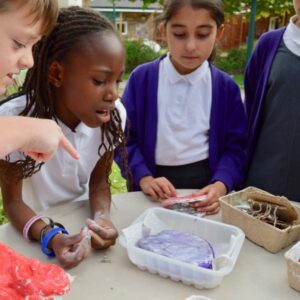
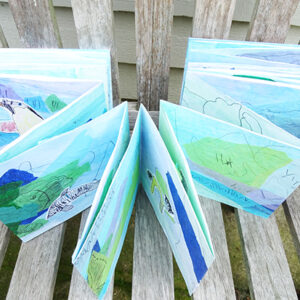
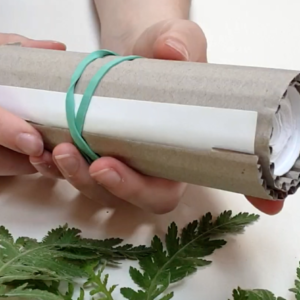
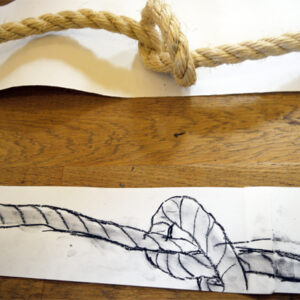
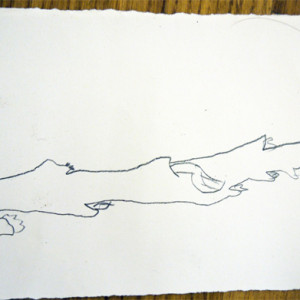
Liz M
September 28, 2022 @ 12:21 pm
HI I am loving the art pathways but one thing I would love to see (maybe it is here and I just can’t find it) is each pathway to have the choice to download it as a PDF. I find it difficult to scroll up and down, I like to be able to spread things out in front of me while i get to grips with what I am doing.
Rachel
October 3, 2022 @ 11:24 am
Hi Liz, thanks for your question! Yes – you can find all the pathways pdfs here: https://www.accessart.org.uk/accessart-primary-art-curriculum-pdfs/
We hope that helps, Rachel
Chloe C
July 1, 2024 @ 4:04 pm
Hi is there a skill report for this that we can hand to parents
Rachel
July 8, 2024 @ 1:22 pm
Hi Chloe, this isn’t something we produce. Perhaps you can share some photos of the children working through the pathway and using sketchbooks? That way, they’ll be showing the different skills used in a visual and exciting way. Thanks!
Samantha E
September 14, 2024 @ 1:31 pm
As someone who needs to see examples of techniques, it would be really useful to see some examples of what this pathway looks like in sketchbooks, particularly the first lesson and creating visuals lists. I might be being really stupid, but I’m not sure what I am modelling or asking the children to do.
Rachel
September 16, 2024 @ 10:29 am
Hi Samantha, each child will respond individually in their sketchbooks so there is no ‘correct’ way for these to look. The first lesson is about collecting objects outside and arranging them on tables inside. These are then photographed. The photos can be stuck in the sketchbooks. The pathway then follows into some observational drawing. These can be a series of small drawings across a couple (or more) pages in their sketchbooks. Encourage the class to think about using the whole page, and to make small notes, labels and observations as they go on. The sketchbook work doesn’t need to be formal, but more a reflection of exploratory thinking. We don’t have any sketchbook photos specifically from this pathway, but we have lots of others on the site, and you may want to post in the Facebook network group to ask others to share. You can join the group here: https://www.facebook.com/groups/accessartnetwork. I hope this helps!